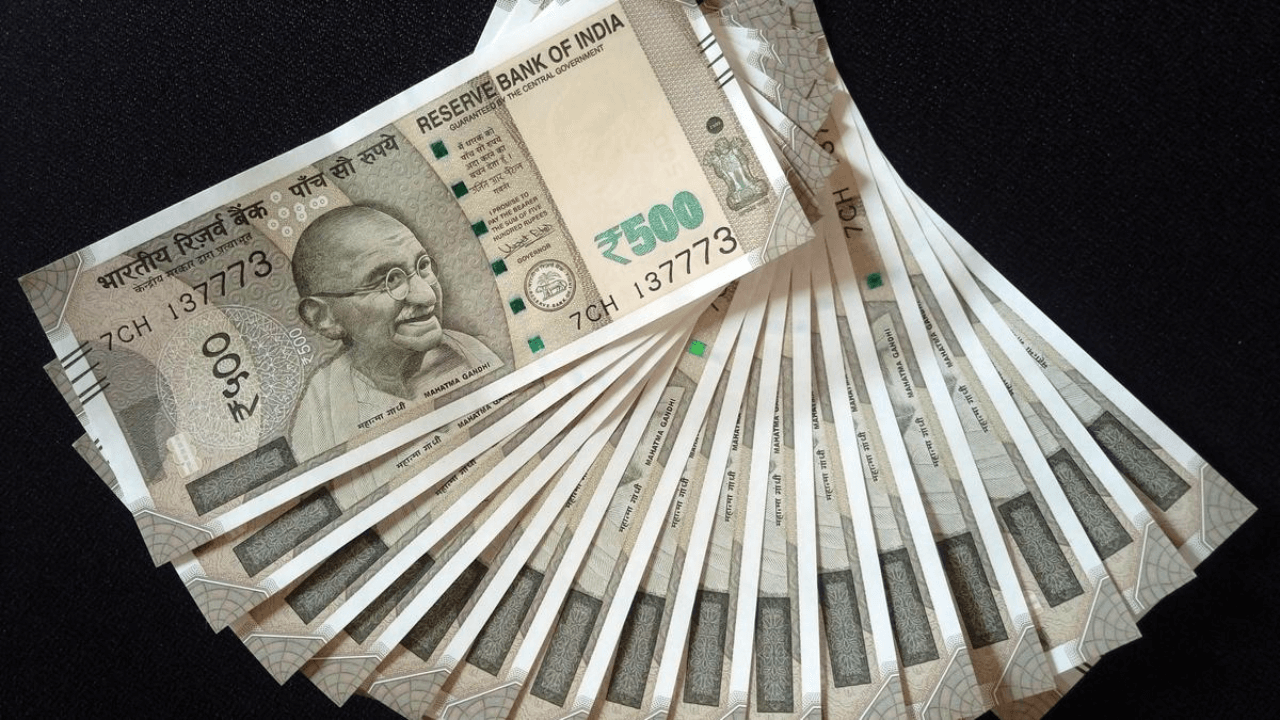Fake Boards in India 2022-23
The Reserve Bank of India (RBI) has reported a significant increase of 14.4% in the number of counterfeit Rs 500 notes (new design) during the fiscal year 2022-23.
Detection by RBI and Banks
According to the RBI’s Annual Report, both the RBI and banks detected a total of 91,110 counterfeit Rs 500 notes valued at Rs 4.55 crore during the year. This figure represents a rise compared to the previous year’s detection of 79,669 counterfeit notes valued at Rs 3.98 crore.
Distribution of Counterfeit Notes
In the banking sector, out of the total fake Indian currency notes (FICNs) detected, 4.6% were found at the Reserve Bank, while 95.4% were detected at other banks. In comparison to the previous year, there was an increase of 8.4% and 14.4% in counterfeit notes detected in the denominations of Rs 20 and Rs 500 (new design), respectively. However, the counterfeit notes detected in the denominations of Rs 10, Rs 100, and Rs 2000 declined by 11.6%, 14.7%, and 27.9%, respectively.
Increase in Banknotes in Circulation
The RBI stated that the value and volume of banknotes in circulation increased during the fiscal year 2022-23. The value increased by 7.8%, while the volume increased by 4.4%, as compared to the previous fiscal year. The combined share of Rs 500 and Rs 2000 banknotes accounted for 87.9% of the total value of banknotes in circulation as of March 31, 2023, compared to 87.1% as of March 31, 2022.
Dominant Denominations and Volume Distribution
In terms of volume, Rs 500 denomination constituted the highest share at 37.9%, followed by Rs 10 denomination banknotes, which constituted 19.2% of the total banknotes in circulation as of March 31, 2023.
Introduction of Cashless Coin Dispenser
The RBI has launched a pilot project on QCVM (QR code based vending machine) in collaboration with five banks (Axis Bank, Bank of Baroda, ICICI Bank, State Bank of India, and Federal Bank). The QCVM is a cashless coin dispensation system that enables payment transactions through UPI by scanning a dynamic QR code generated by the machine on the customer’s mobile phone. Unlike traditional coin vending machines that rely on physical tendering of banknotes and subsequent authentication, the QCVM eliminates the need for cash transactions. Additionally, customers using QCVMs will have the option to withdraw coins in the required quantity and denominations. The pilot project will initially be implemented at 19 locations in 12 cities across the country.
Advantages of the Cashless Coin Dispenser
The introduction of the QCVM brings several advantages to the distribution of coins. By harnessing technology, this innovative system streamlines the process and enhances convenience for customers. With the QR code-based approach, customers can make payment transactions using UPI, eliminating the need for physical tendering of banknotes. This not only saves time but also ensures a more secure and efficient transaction process.
Expansion of the Cashless Coin Dispenser Project
The pilot project for the QCVM has been launched in collaboration with five prominent banks, namely Axis Bank, Bank of Baroda, ICICI Bank, State Bank of India, and Federal Bank. Initially, the project will be implemented at 19 locations spread across 12 cities in the country. The RBI aims to evaluate the performance and effectiveness of the QCVM in real-world scenarios, gathering valuable insights and feedback from both banks and customers.
Towards a Digital Future in Coin Distribution
With the introduction of the QCVM, the RBI takes a significant step towards promoting digital transactions in coin distribution. This move aligns with the larger trend of transitioning to a cashless economy and further reinforces the government’s vision of a Digital India. By leveraging technology and enabling cashless transactions for coin dispensation, the RBI strives to enhance efficiency, reduce counterfeit currency issues, and provide a seamless experience for customers.
Future Implications and Nationwide Implementation
Based on the outcomes and learnings from the pilot project, the RBI aims to assess the feasibility of scaling up the cashless coin dispenser initiative. If successful, the QCVM could be deployed on a wider scale across the nation, transforming the way coins are distributed and facilitating the shift towards digital payment ecosystems. This innovative solution has the potential to revolutionize coin transactions, promoting a secure, efficient, and digitized approach to coin distribution.
Conclusion
As the Reserve Bank of India reports a 14.4% increase in counterfeit Rs 500 notes during the fiscal year 2022-23, efforts are underway to address the issue. The RBI, along with other banks, has detected a substantial number of counterfeit notes, prompting increased vigilance and security measures. Simultaneously, the RBI has also taken steps to enhance coin distribution through the introduction of the cashless coin dispenser pilot project. With the aim of promoting digital transactions, this innovative system enables customers to make cashless payments for coin dispensation, streamlining the process and ensuring convenience. The outcomes of this project will help shape the future of coin distribution, potentially leading to nationwide implementation and further advancements towards a digital economy.
- 3 August Current Affairs 2023 in English
- MoU Between Subroto Mukerjee Sports and Education Society and All India Football Federation (AIFF) to Promote Football at Grassroot Level
- Dr. Mansukh Mandaviya Delivers Keynote Address at the 13th Indian Organ Donation Day ceremony
- Education Ministry Forms Expert Panel on Anti-Discrimination in Higher Education
- Concerns Arise Over Cheetah Deaths at Kuno National Park
